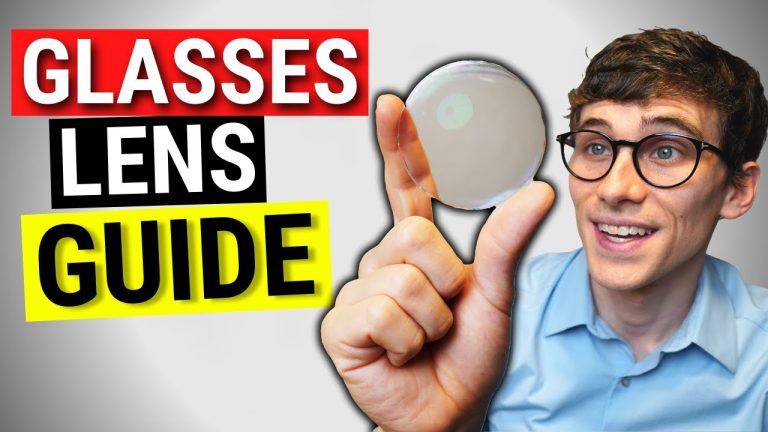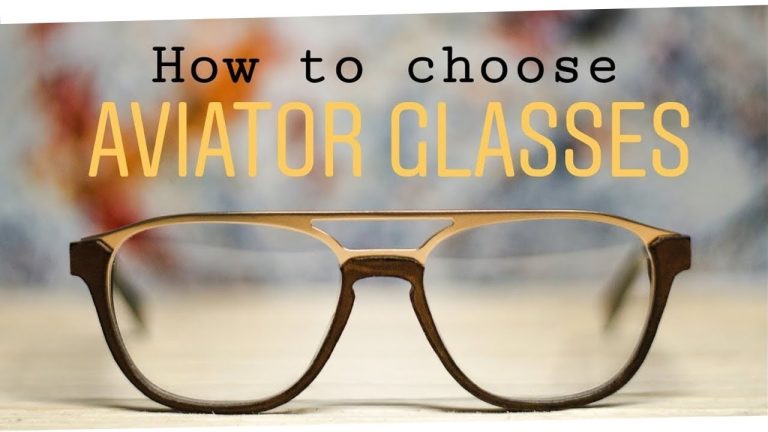Hoya Vision’s Guide to Choosing the Right Lens Material for Prescription Tactical Goggles with Bifocals
Introduction to Tactical Goggles with Bifocals
When it comes to wearing tactical goggles with bifocals, choosing the right lens material is vital to ensuring durability, clarity, and overall functional effectiveness. Eyeglass wearers need an exact prescription to see clearly while participating in tactical activities, and the lens material is a critical component that determines the level of protection and visibility.
Hoya Vision, a renowned manufacturer of premium eyewear lenses, offers a comprehensive guide to selecting the right lens material to meet your specific tactical needs.
Lens Materials Available for Tactical Goggles with Bifocals
If you’re in the market for tactical goggles with bifocals, you will have a range of lens material options to choose from:
- Polycarbonate lenses
- Trivex lenses
- High-Index Plastic Lenses
- CR-39 Plastic Lenses
Each material has its own unique properties, which can impact the overall quality of vision, durability, and impact resistance of the final product.
Polycarbonate Lenses
Polycarbonate lenses are a popular choice for tactical goggles with bifocals due to their superior impact resistance. This material is commonly used in sports goggles, safety goggles, and other industrial protective eyewear because of its durability and high level of protection against scratches, impacts, and UV radiation. It is also significantly lighter than traditional glass lenses, making it a comfortable option for those who need to wear goggles for prolonged periods of time.
Trivex Lenses
Trivex lenses are another exceptional choice for tactical goggles with bifocals. They offer excellent clarity and sharpness, making them ideal for precise visual tasks, such as sighting in a weapon or observing small details. Trivex lenses are also much lighter weight than traditional glass lenses, making them more comfortable and less cumbersome to wear.
High-Index Plastic Lenses
High-Index Plastic lenses, also known as thin or ultra-thin lenses, are a great choice for those with high prescriptions. This lens material is thinner, lighter and more comfortable to wear than other materials while still providing excellent vision acuity, making it an excellent choice for tactical goggles with bifocals. Additionally, high-index plastic lenses offer superior resistance to scratching and cracking, making them a durable option for the military and other tactical groups.
CR-39 Plastic Lenses
CR-39 plastic lenses are a very lightweight yet durable option for tactical goggles with bifocals. They offer good optical quality and are less expensive than other lens materials, making them a popular choice for many eyeglass users. However, they are not as scratch-resistant as other materials, and may be less suitable for harsh outdoor conditions and intense use.
Conclusion
Choosing the right lens material for your tactical goggles with bifocals is critical to achieving optimal visual acuity, eye protection, and durability. Hoya Vision offers a wide range of lens materials, coatings, and design options to meet the specific needs of military personnel, law enforcement officers and others engaged in tactical activities. Speak to an optometrist or visit Hoya Vision’s website to learn more about the lens options available to you.
Contents
Most wanted in Hoya Vision:
What are prism eyeglass lenses?
Hoya Lens Engravings
What brand lenses does Costco use?
What does +0.25 mean on an eye test?
Do tinted glasses help with migraines?
Should eyeglasses cover eyebrows?
Hoya Identification Chart
What LED light is best for broken capillaries?
Does hyperopia worsen with age?
What is the difference between Ray Ban RB and Rx?
















